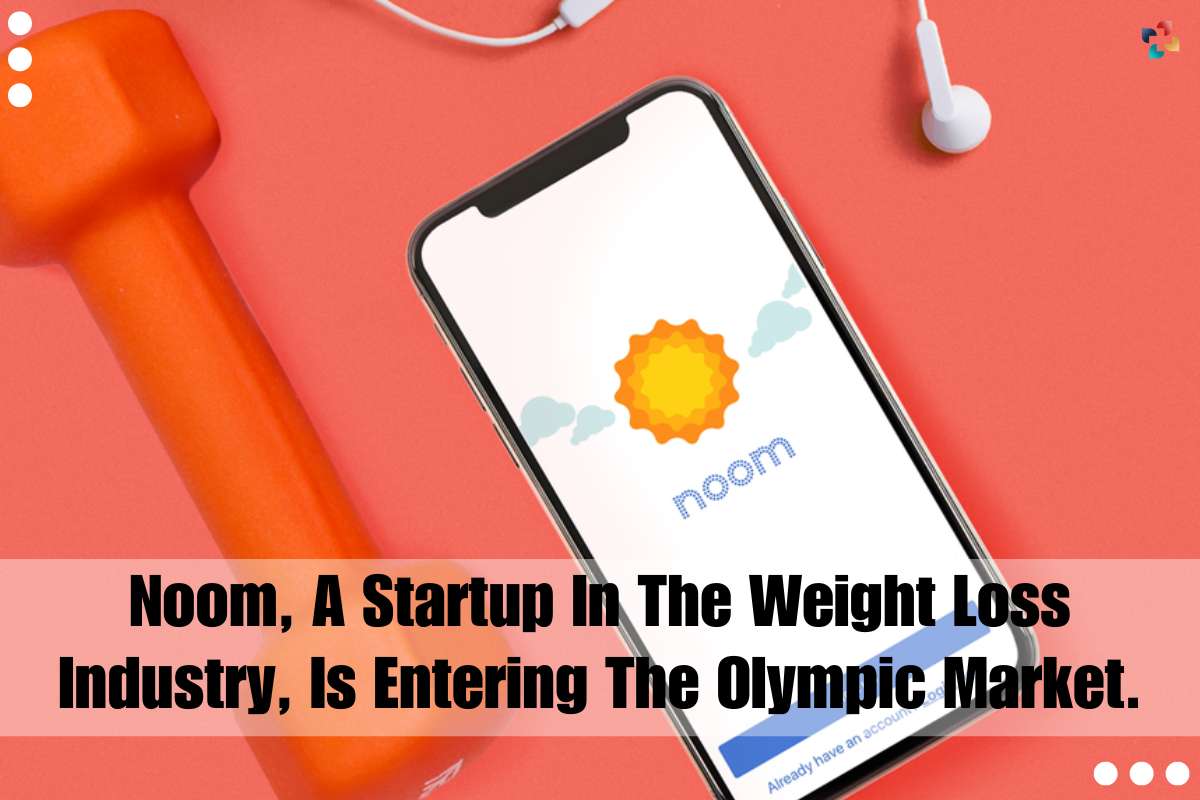The weight-loss firm Noom has long provided a mobile application that enables users to monitor their diet and learn how to make better decisions. The goal is to aid people in losing weight and, ideally, help them keep it off.
But today, registering for Noom looks different. Its behaviour modification programme participants may now also be given a prescription for weight loss treatment, such as a class of popular drugs known as GLP-1s, with names like Ozempic, Wegovy, and Mounjaro.
This new service, called Noom, which has a monthly cost of roughly $120, was introduced by Noom on Wednesday. The adjustment is a part of a larger change. In the past, low-calorie diets and exercise regimens dominated the weight-loss market. That’s in part because there wasn’t much else out there. Prior generations of weight-loss medicines have proved to have safety risks or to be only moderately effective, and bariatric surgery is expensive and invasive.
Noom Weight Loss: Dr. Berg’s Opinion
So what changed?
It highlights the kinds of outcomes GLP-1s are producing. According to research, patients on the highest dose of Eli Lilly’s Mounjaro lost even more weight—on average, roughly 50 pounds—than those taking Novo Nordisk’s Wegovy. The medications have a relatively low side-effect profile and help people feel fuller so they eat less.
“The weight-loss outcomes are so much better, and we listen to our users, our patients,” says Linda Anegawa, Noom’s chief of medicine. “Patients are asking, ‘How can Noom support us more?’”
Users of Noom must take part in the organization’s previous lifestyle programme in order to access Noom Med. According to the business, this makes its product unique and the strategy is crucial for long-lasting, beneficial transformation.
It will be hard to stand out. There are other such telemedicine solutions available to anyone interested in receiving a GLP-1 prescription, including WeightWatchers, which earlier this year bought the telehealth provider of obesity-drug Sequence. Calibrate, a pioneer in the industry, and Ro are two other competitors.
There are also other difficulties. A legacy of treating obesity as an aesthetic problem is the limited insurance coverage for weight-loss medications. Without it, patients’ out-of-pocket expenses can reach $1,000 monthly.
Also Read: Weight Loss: People Going to the Extremes to Get Injectable Weight Loss Reduction Medication











